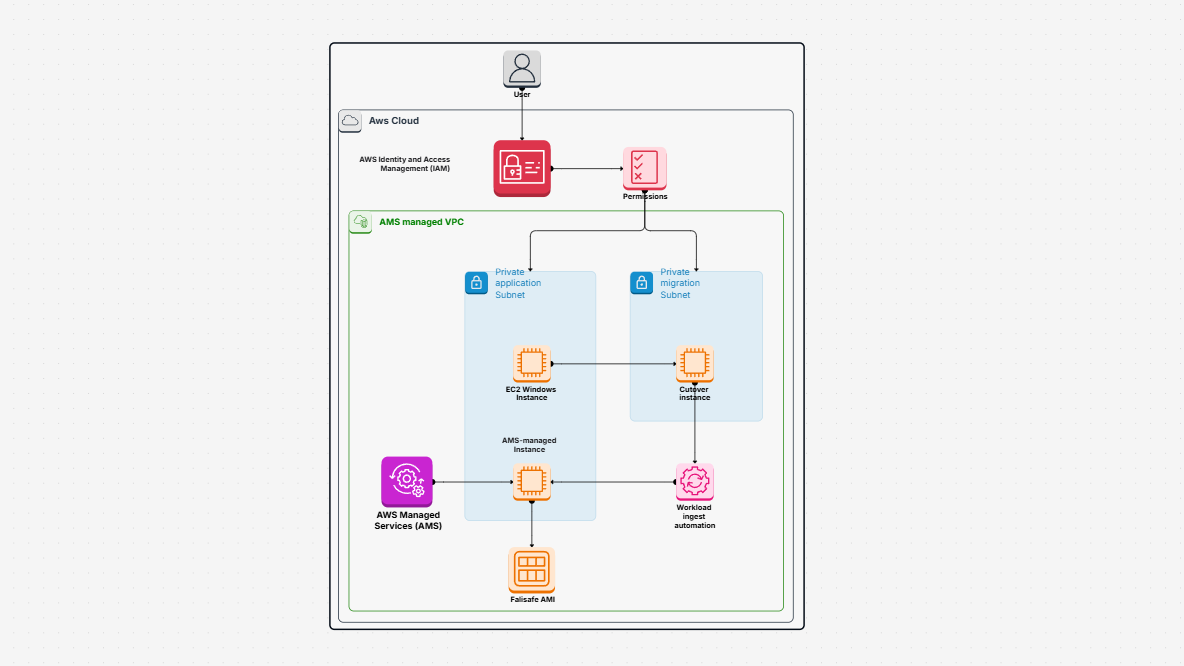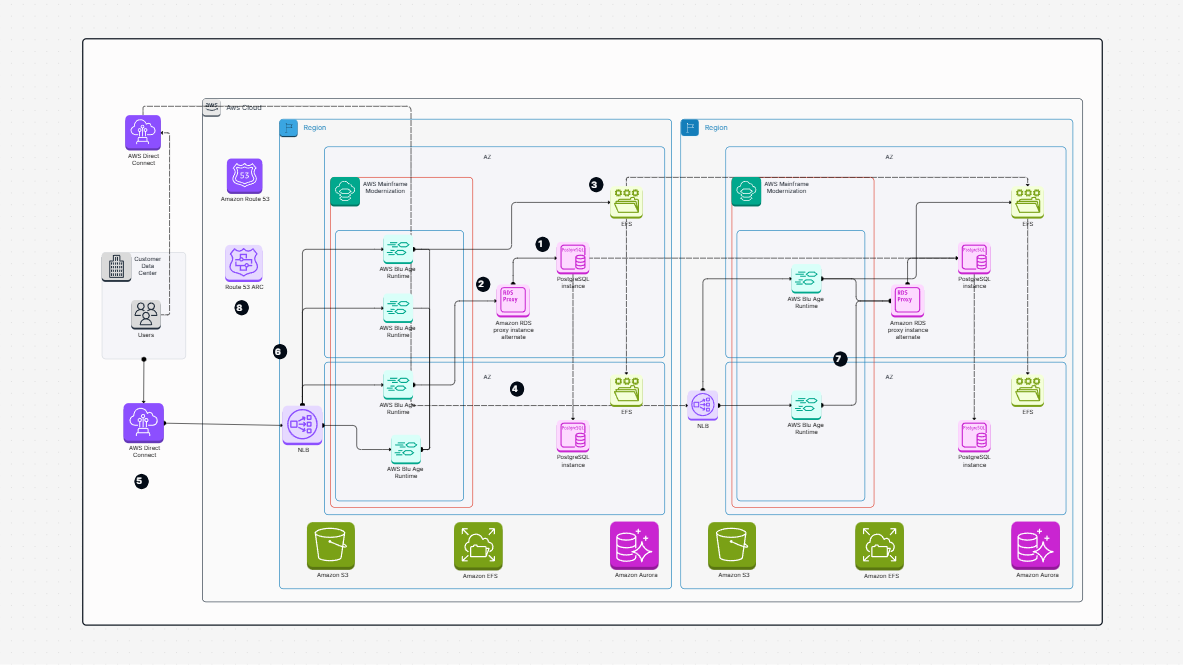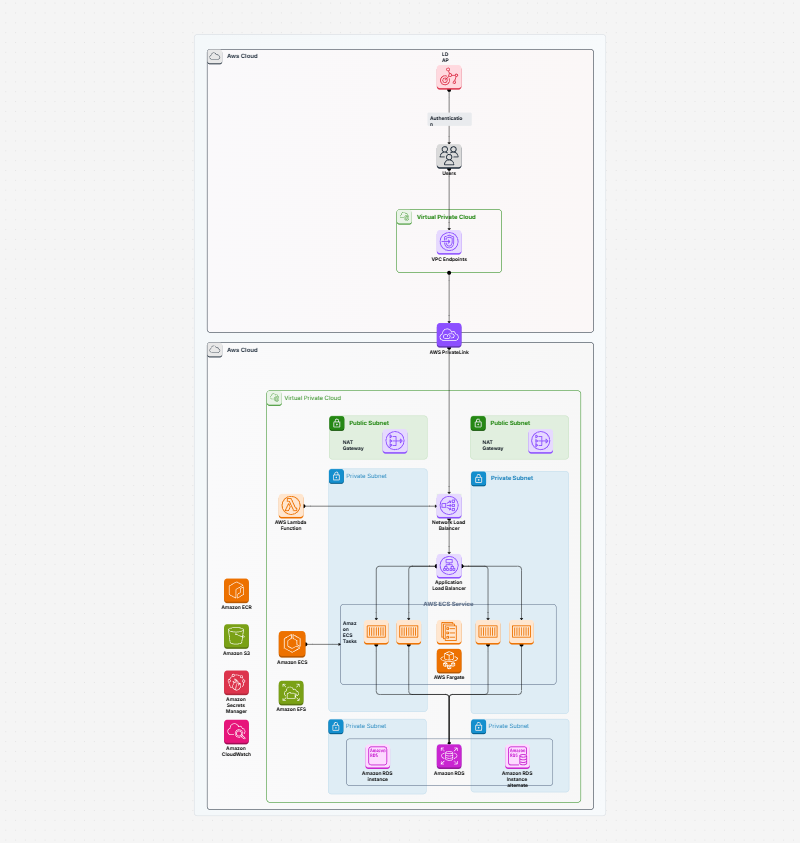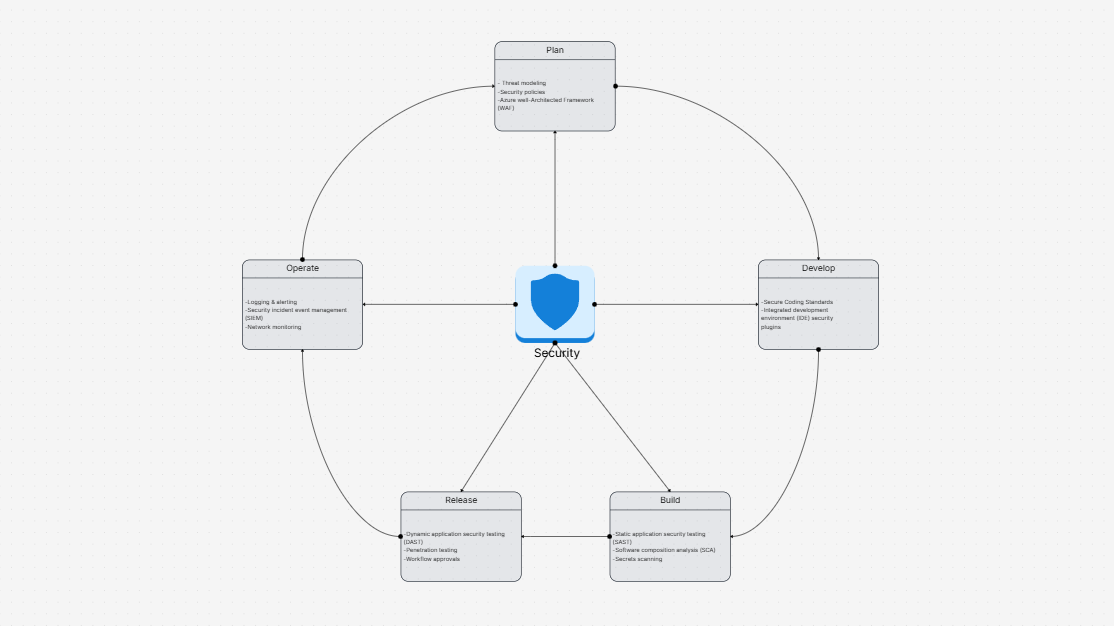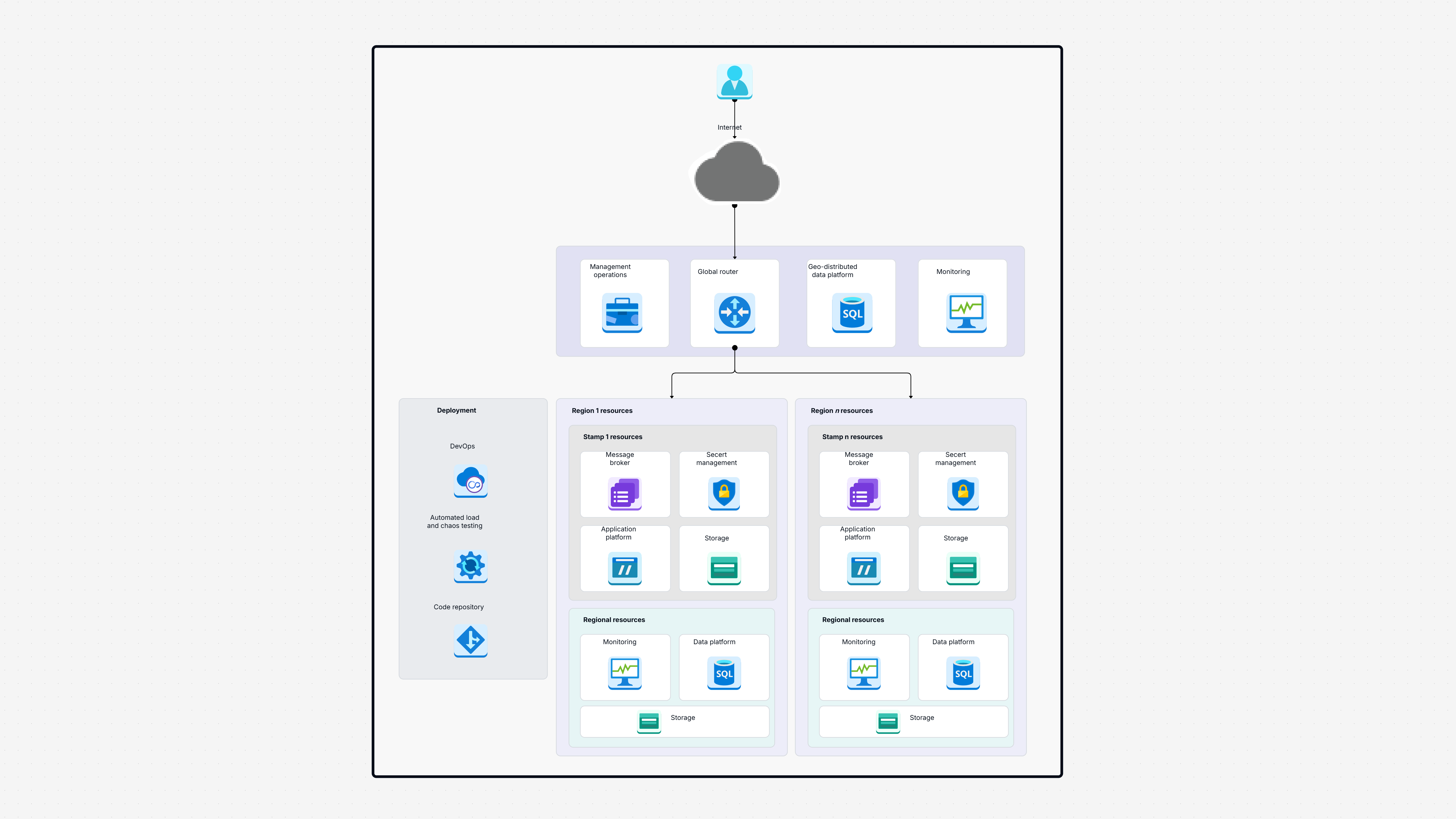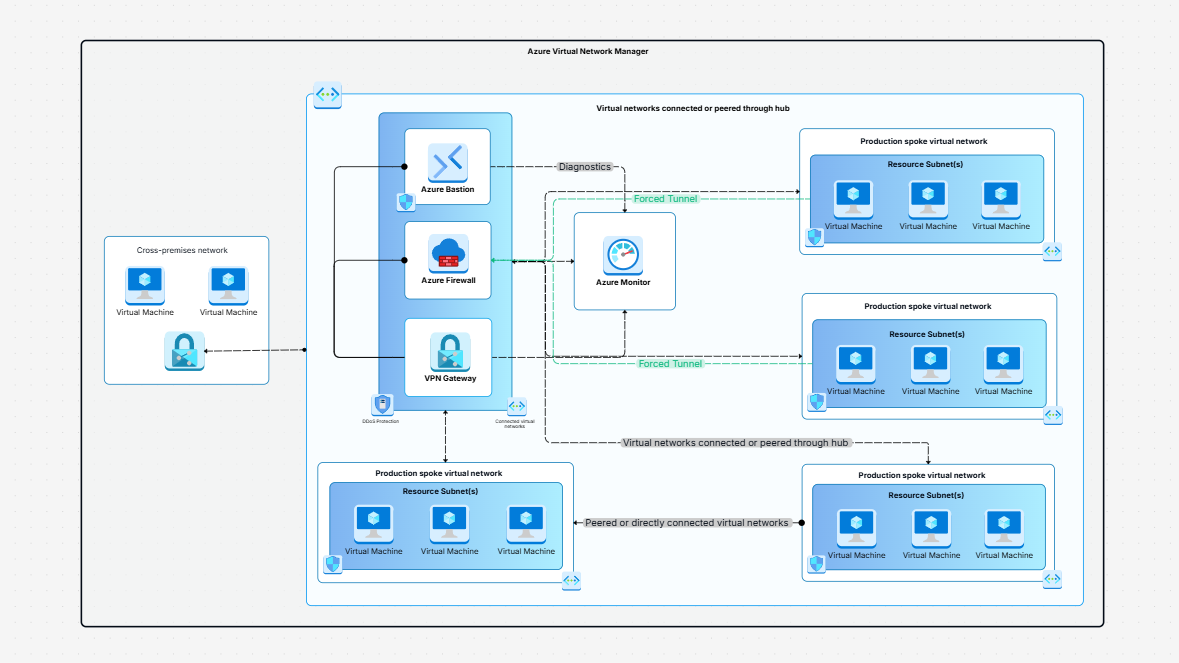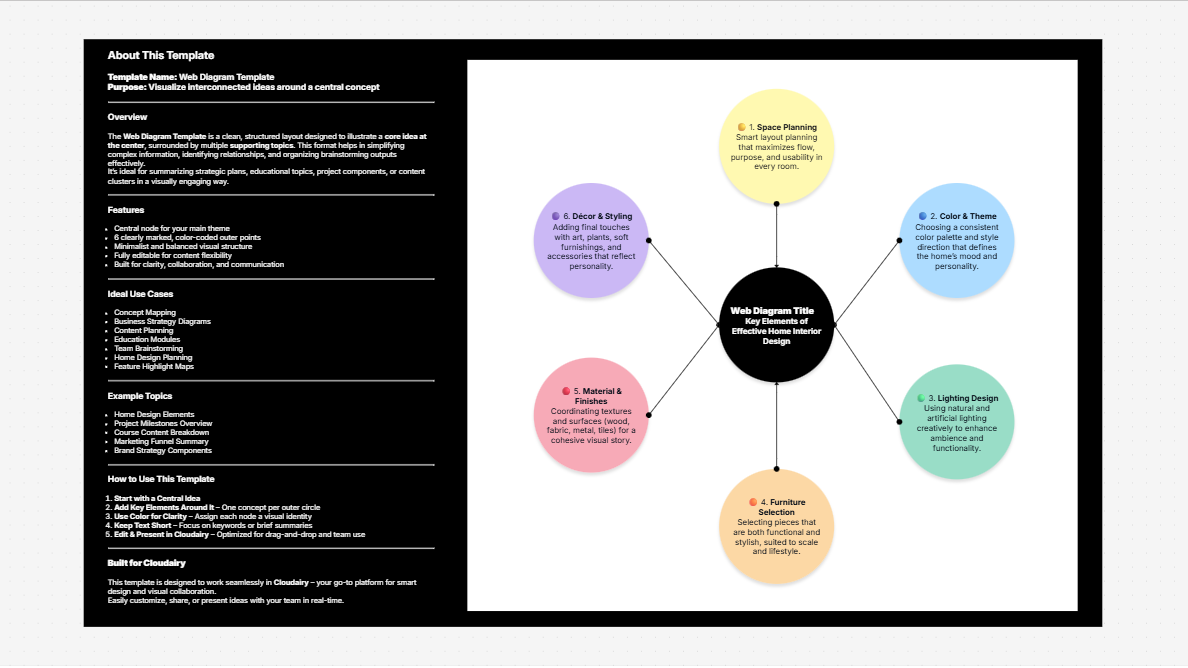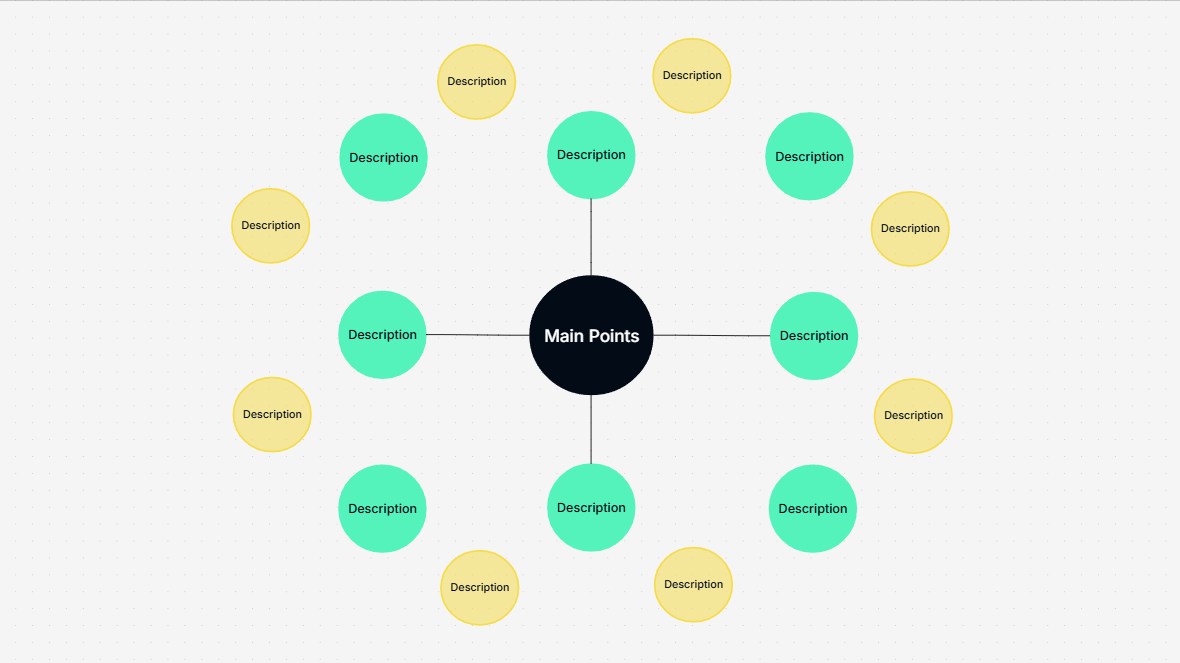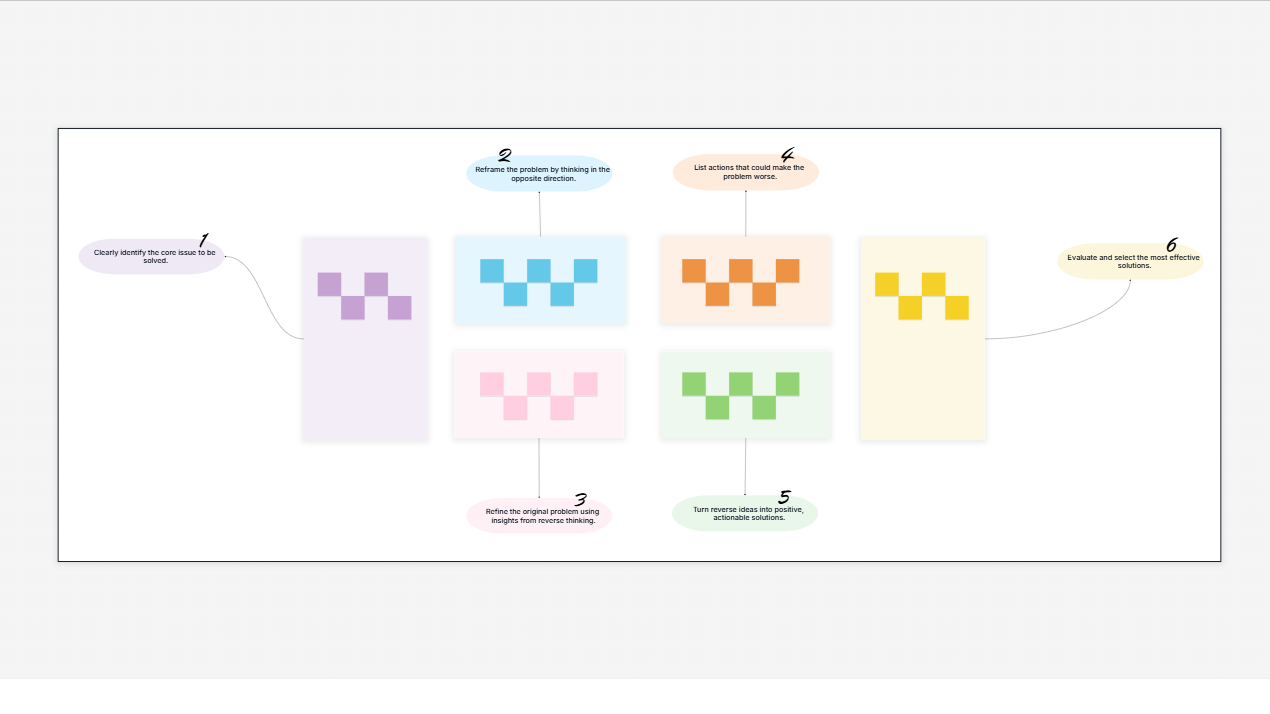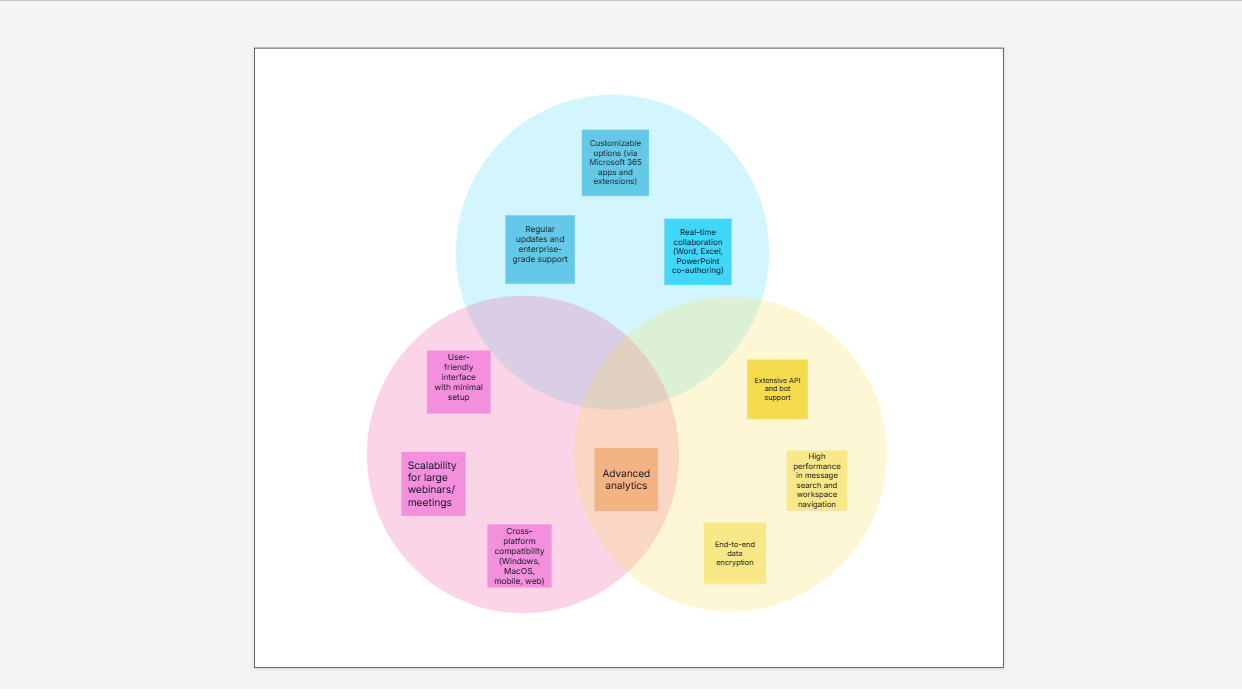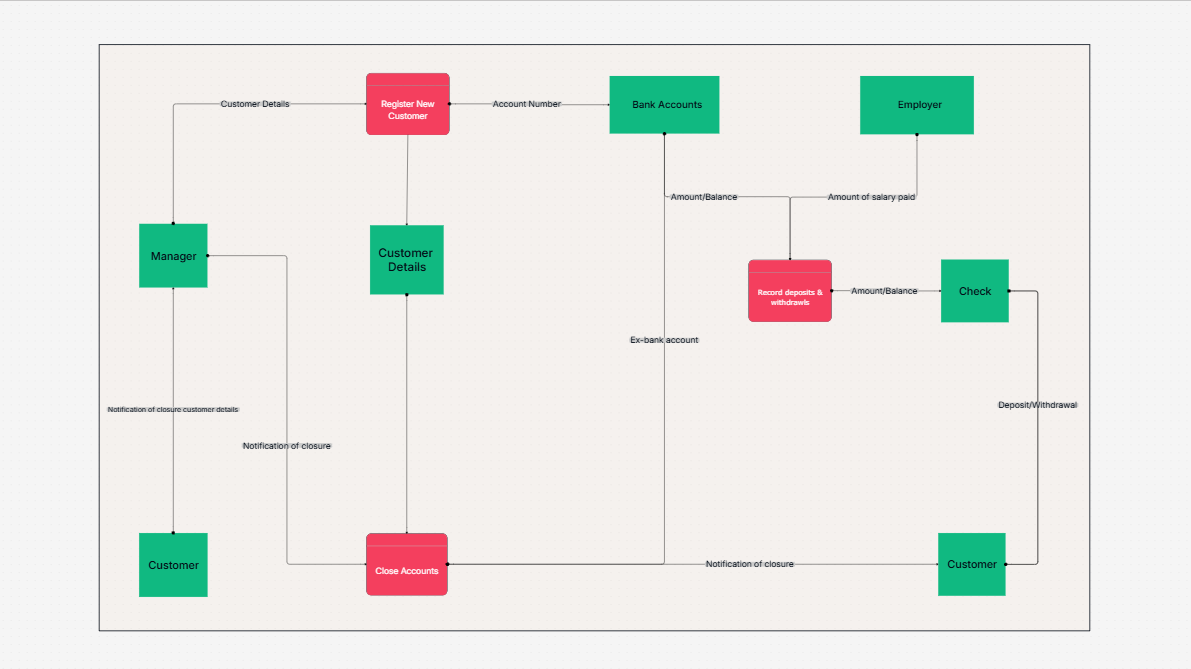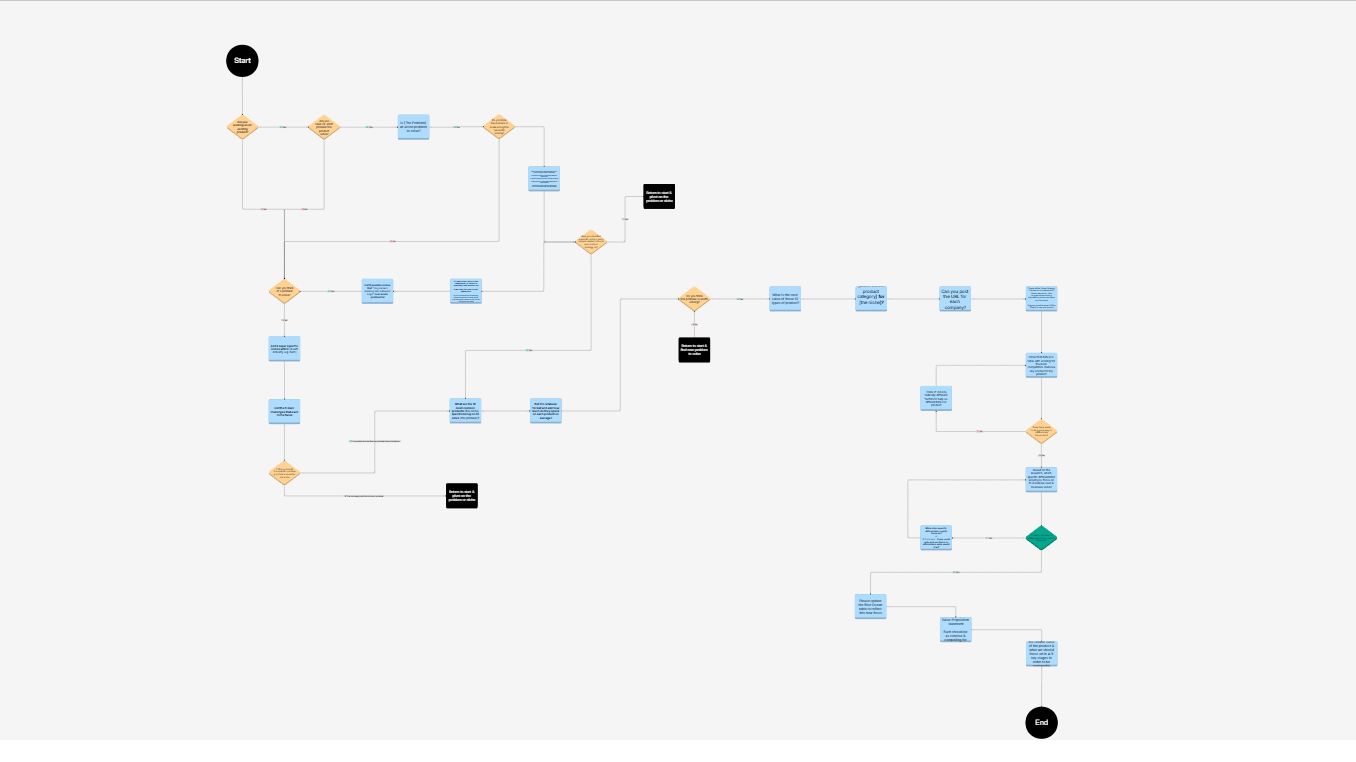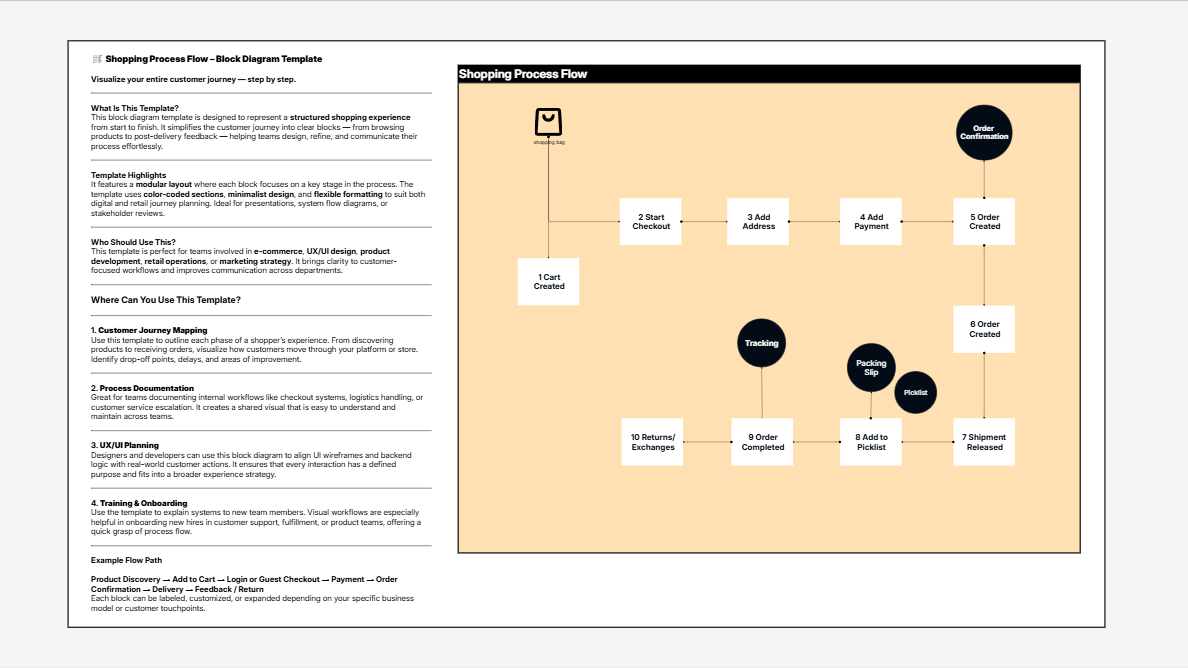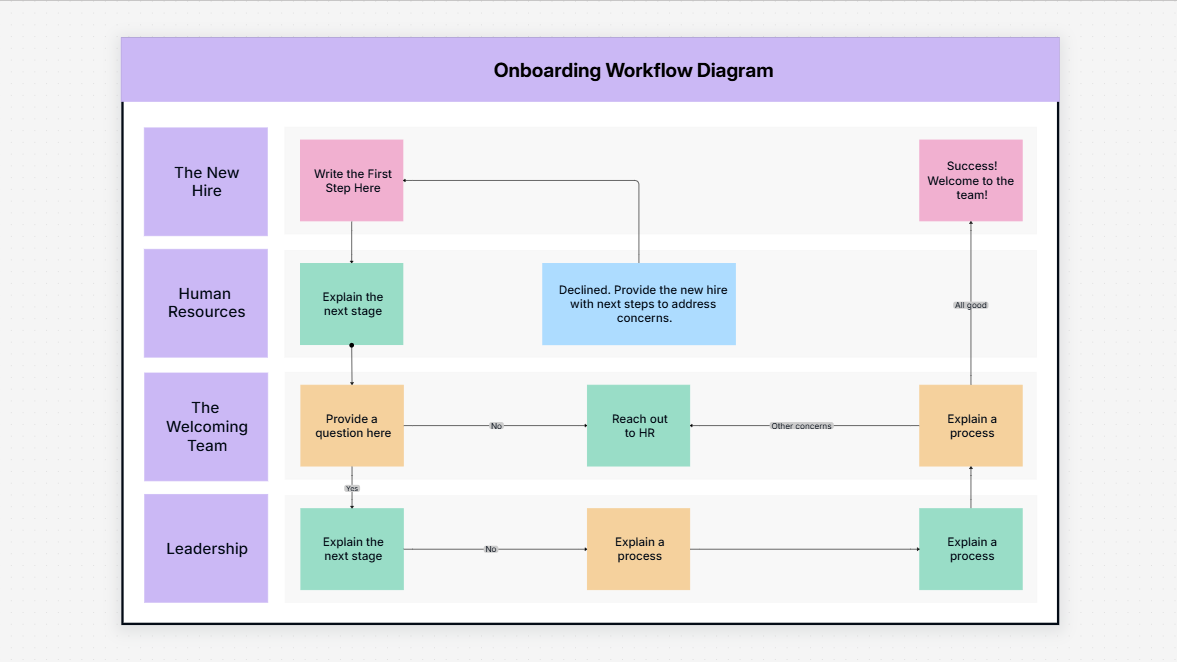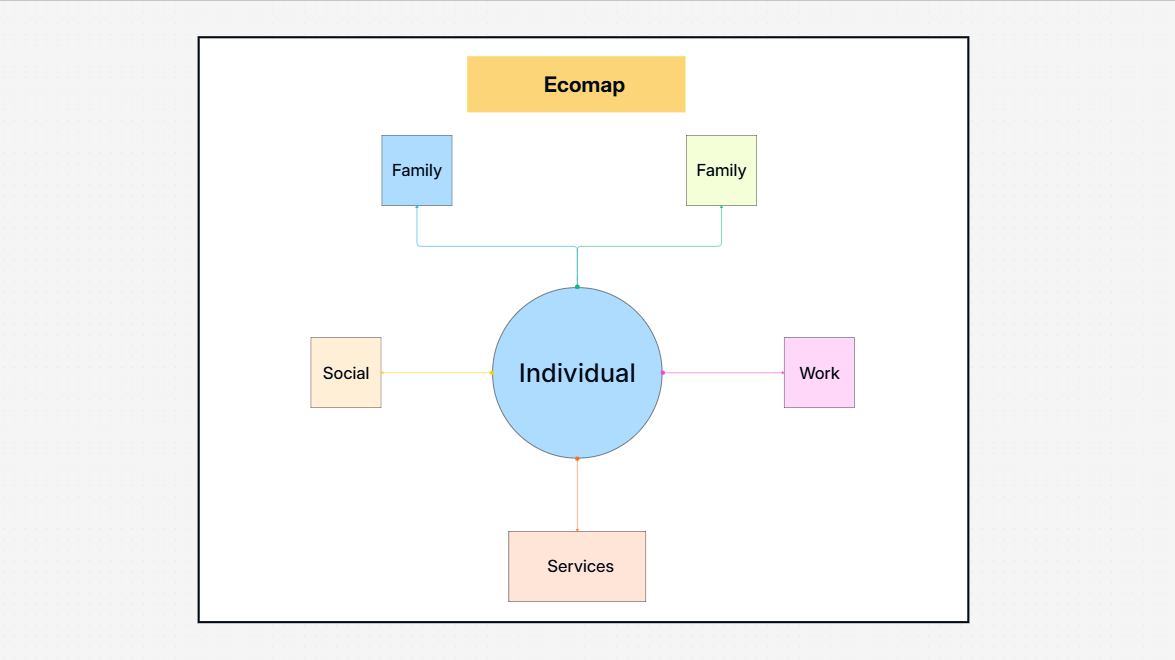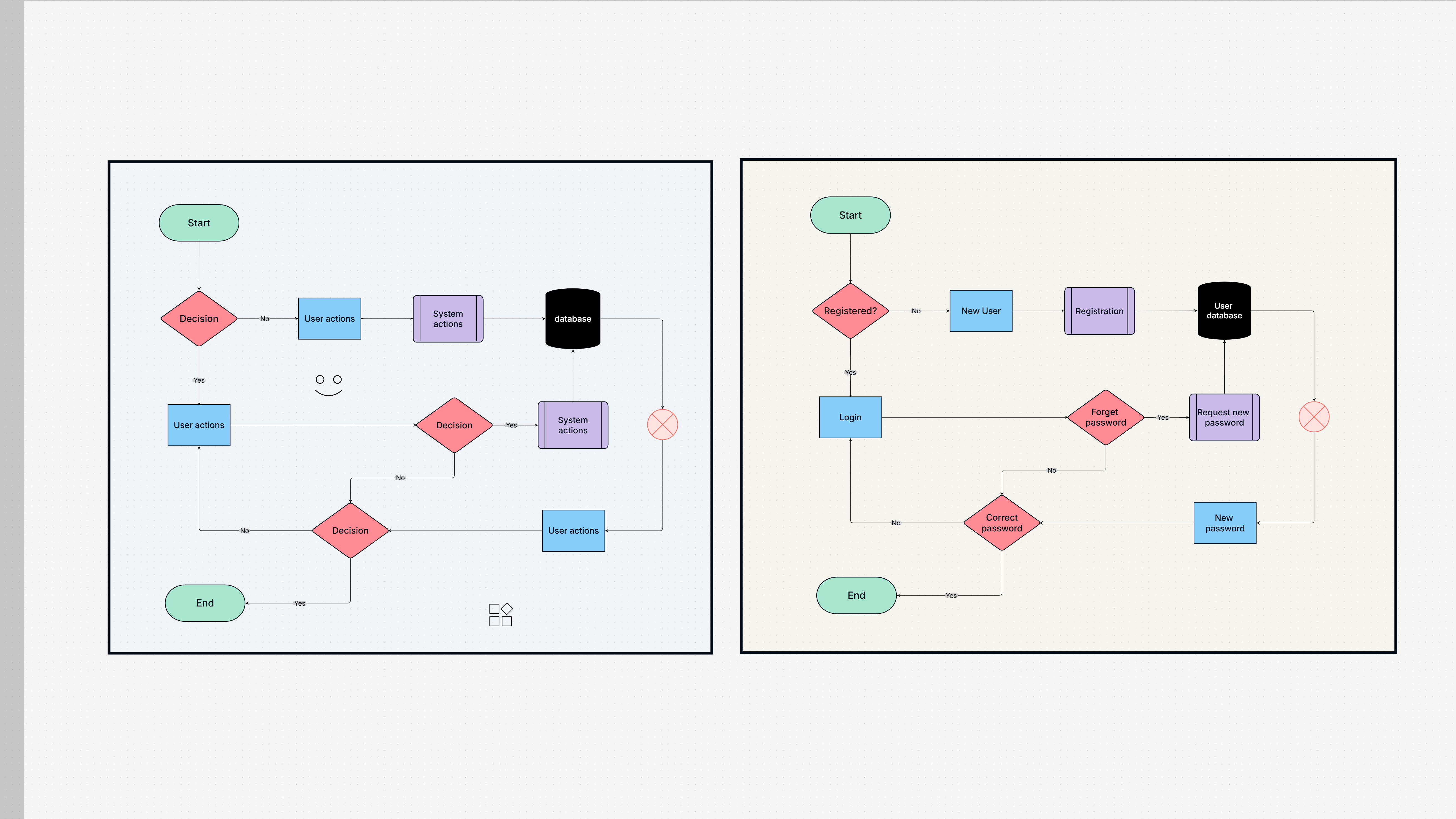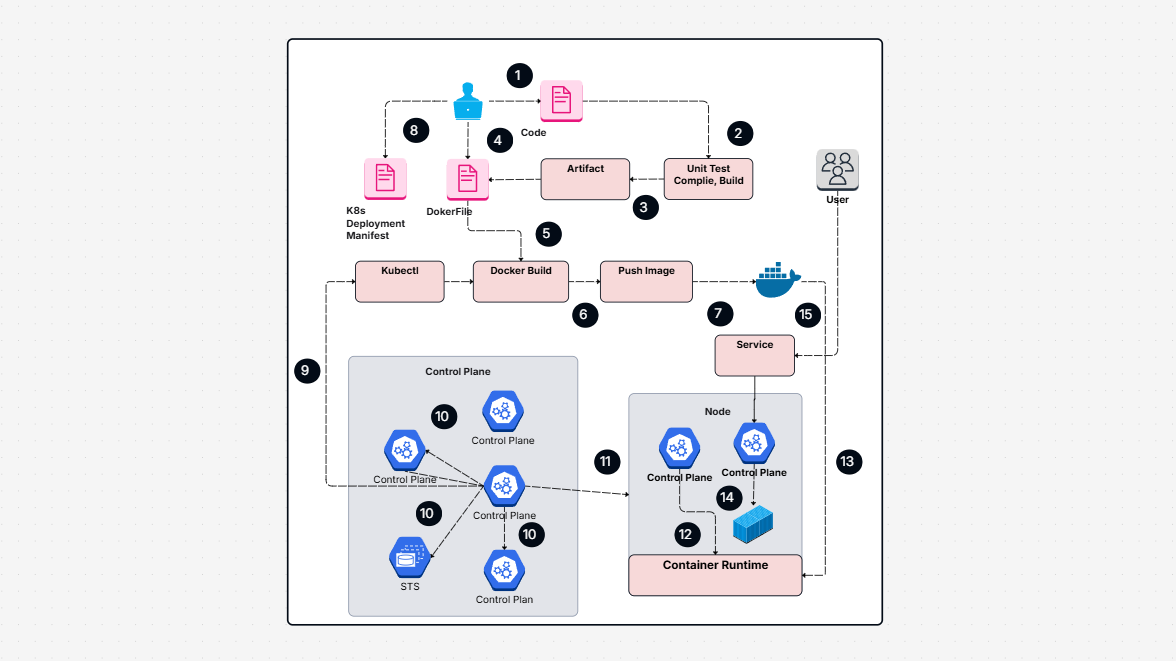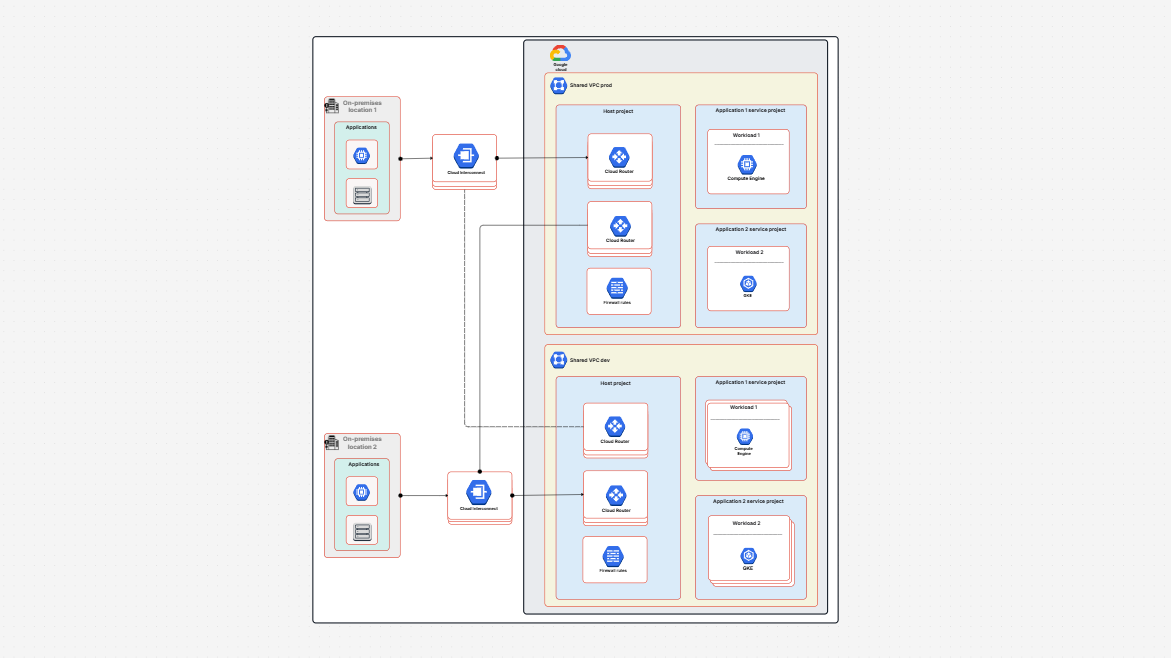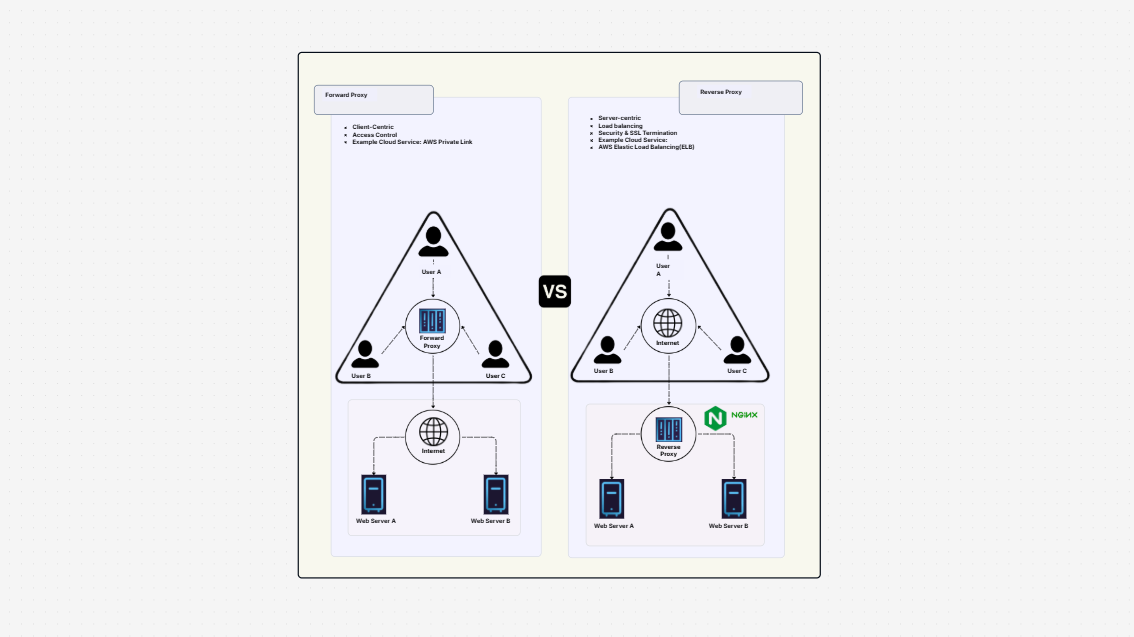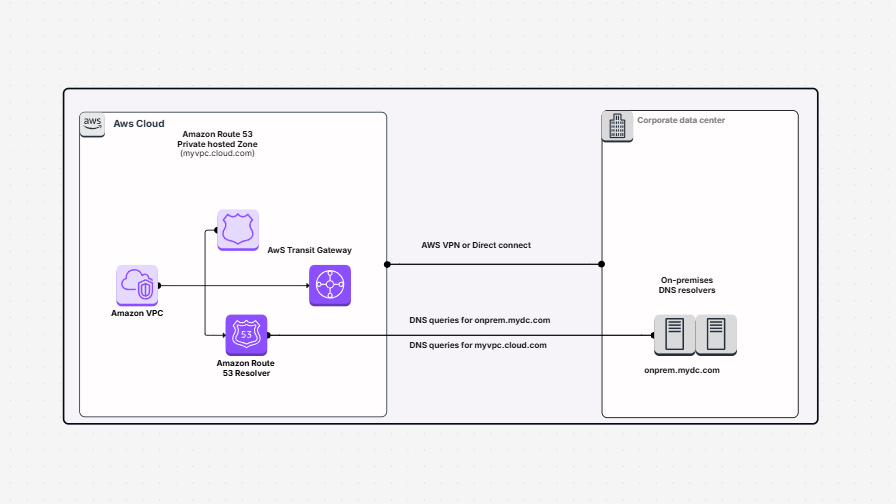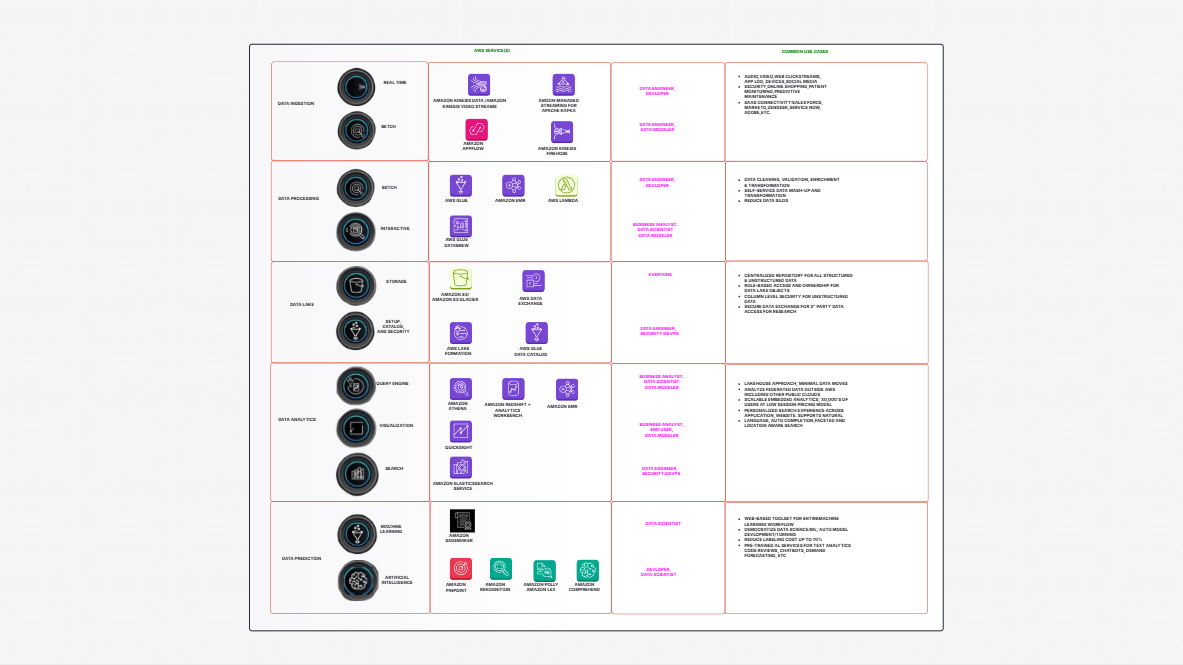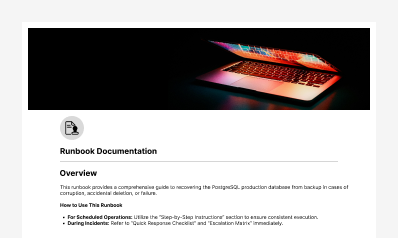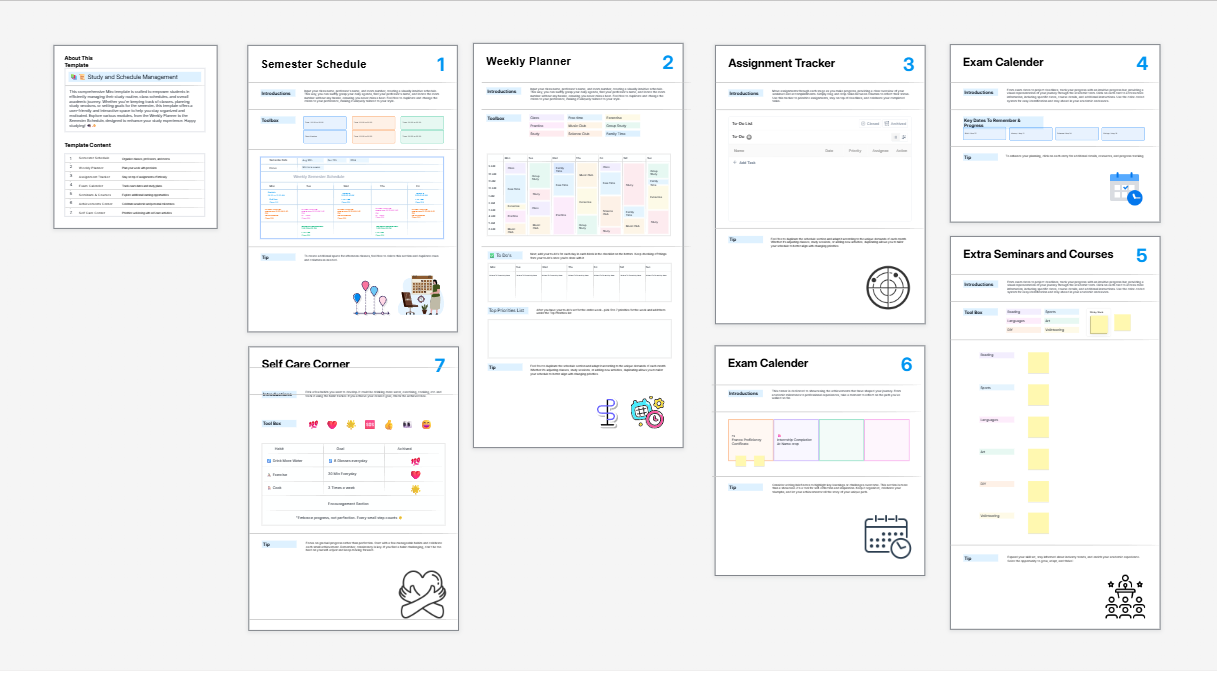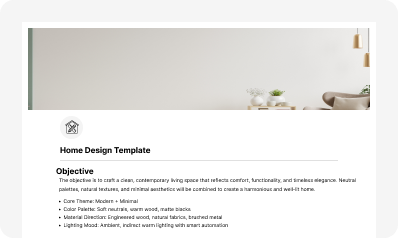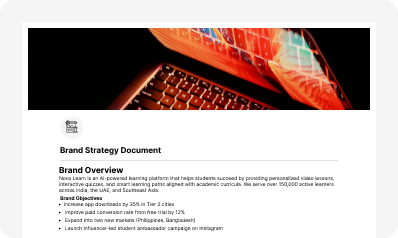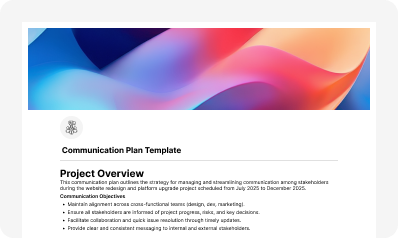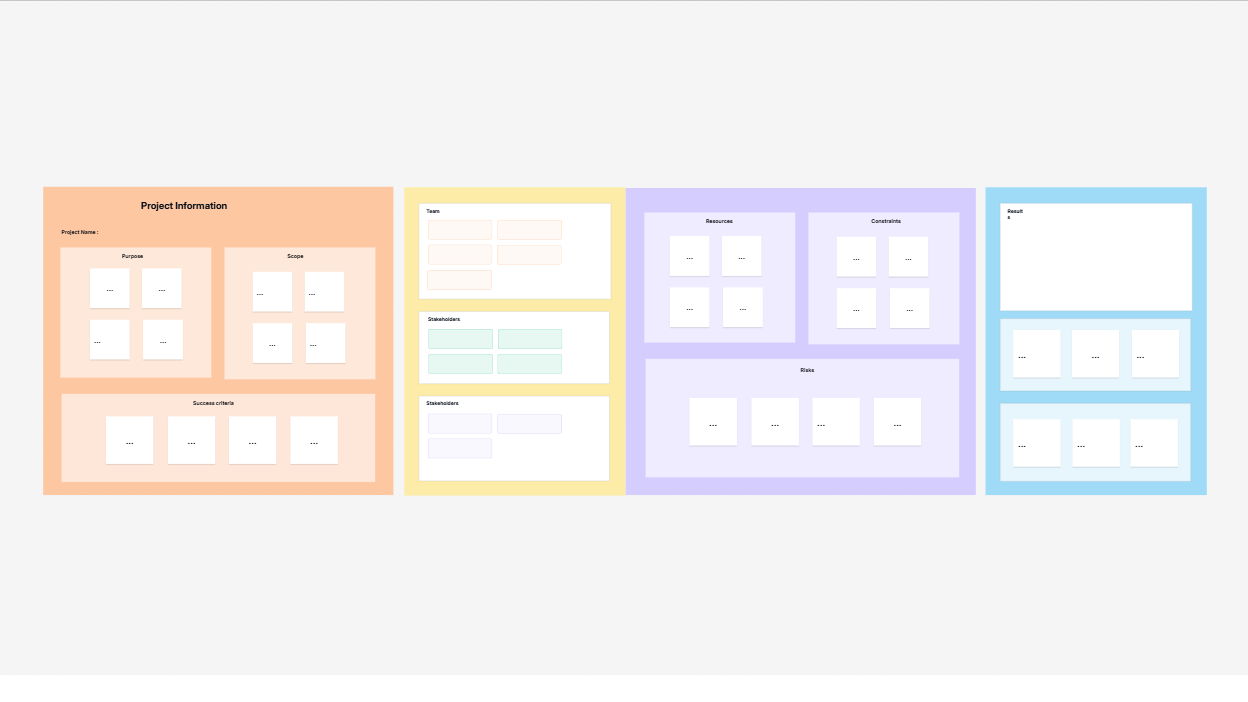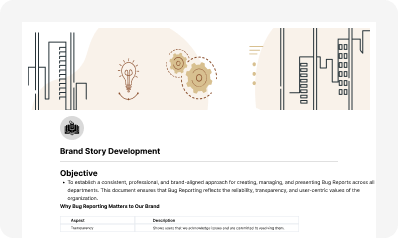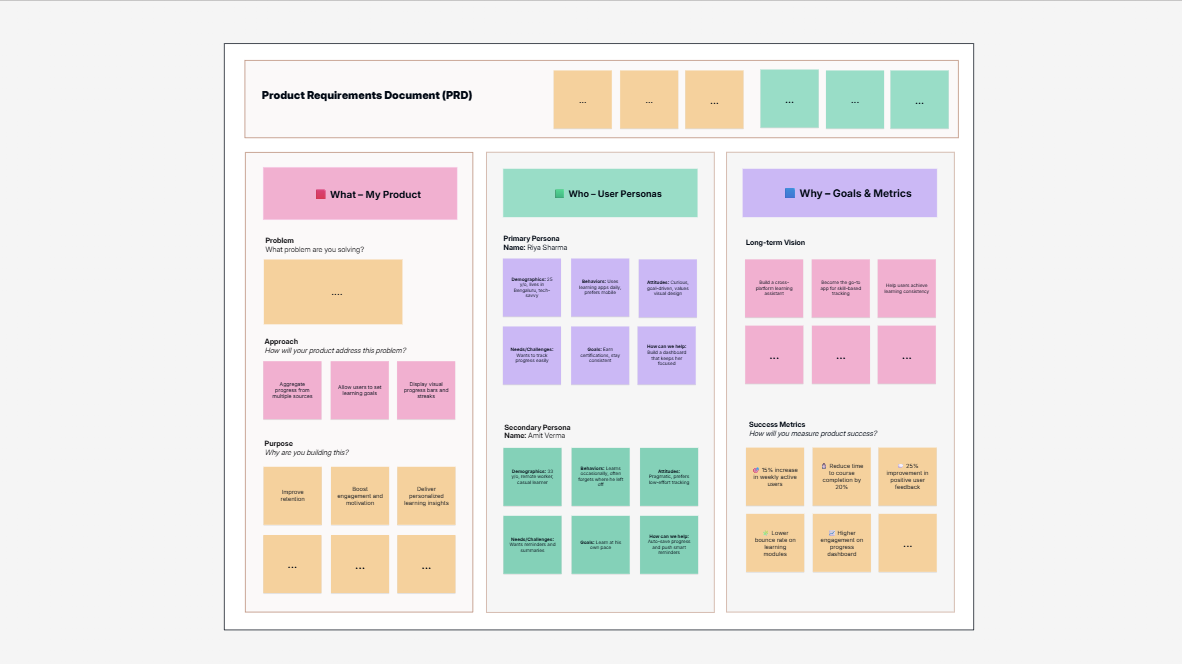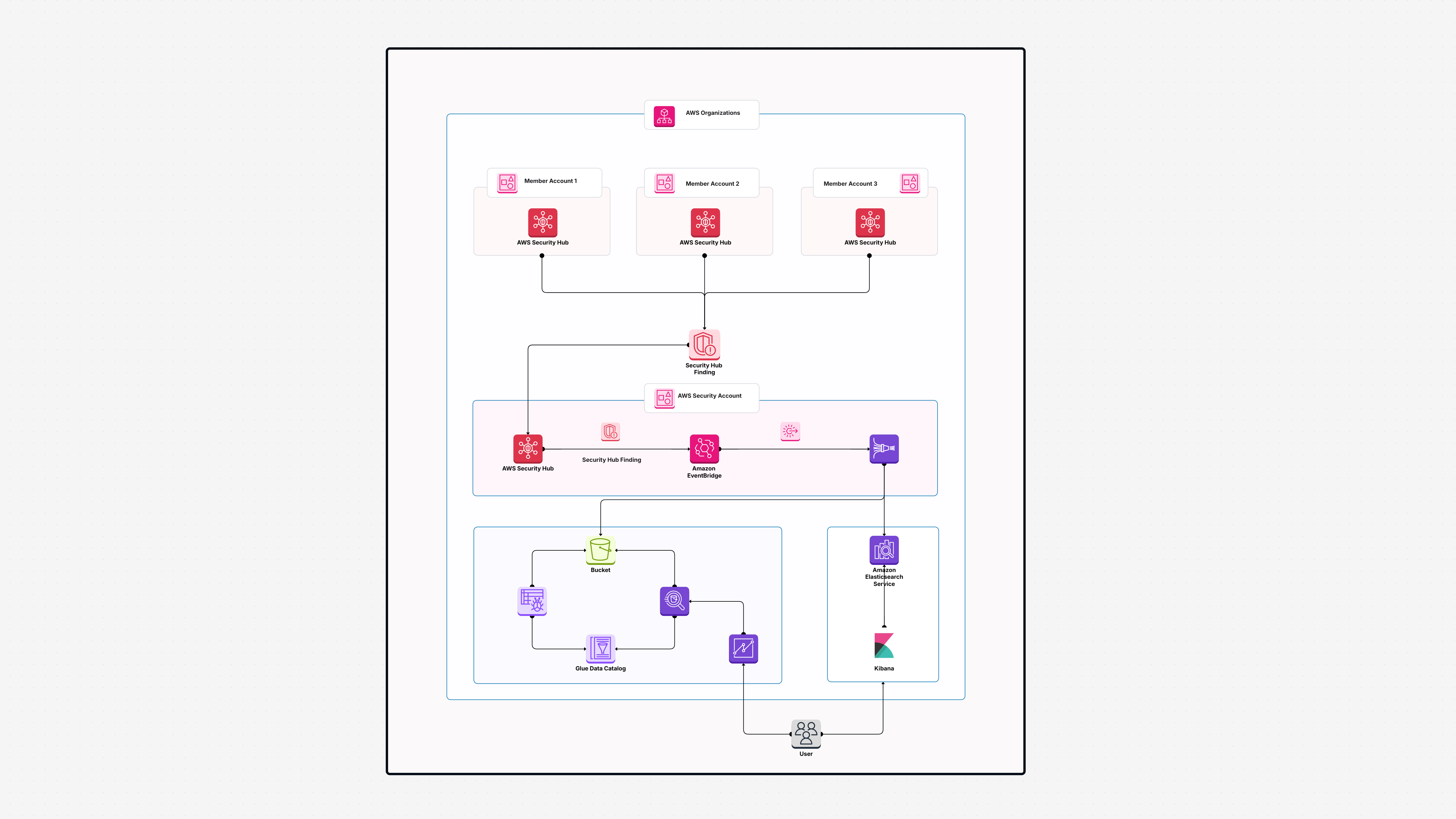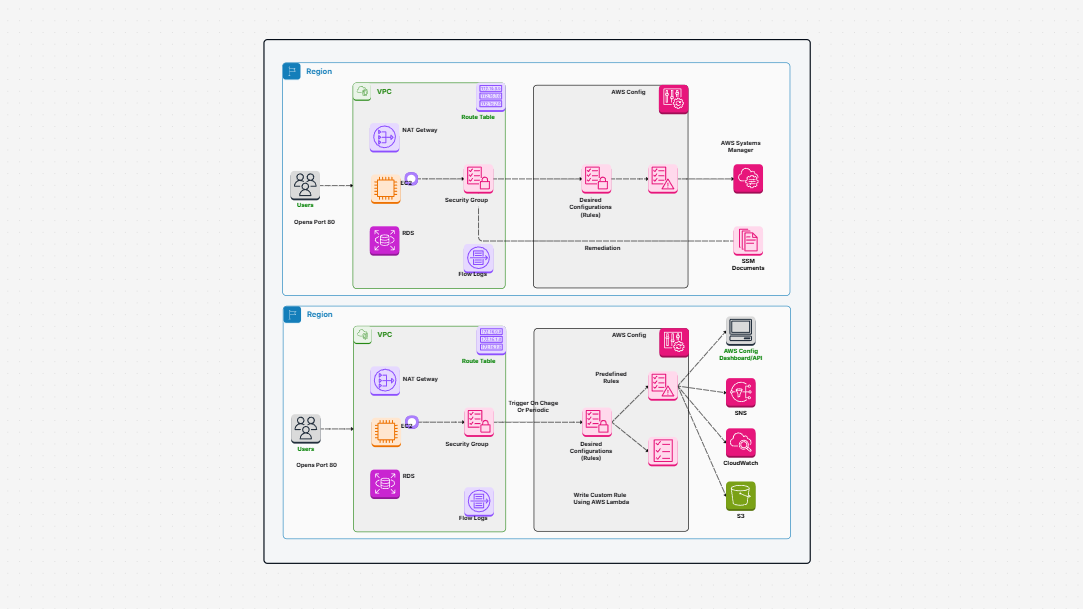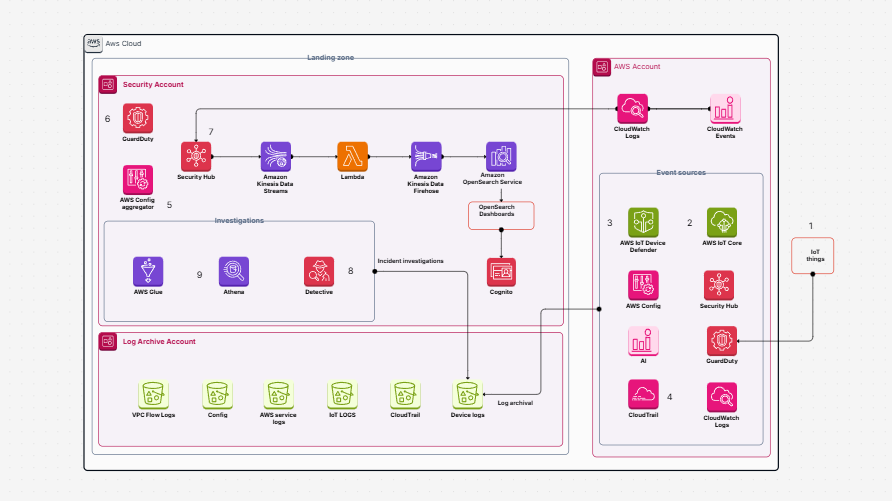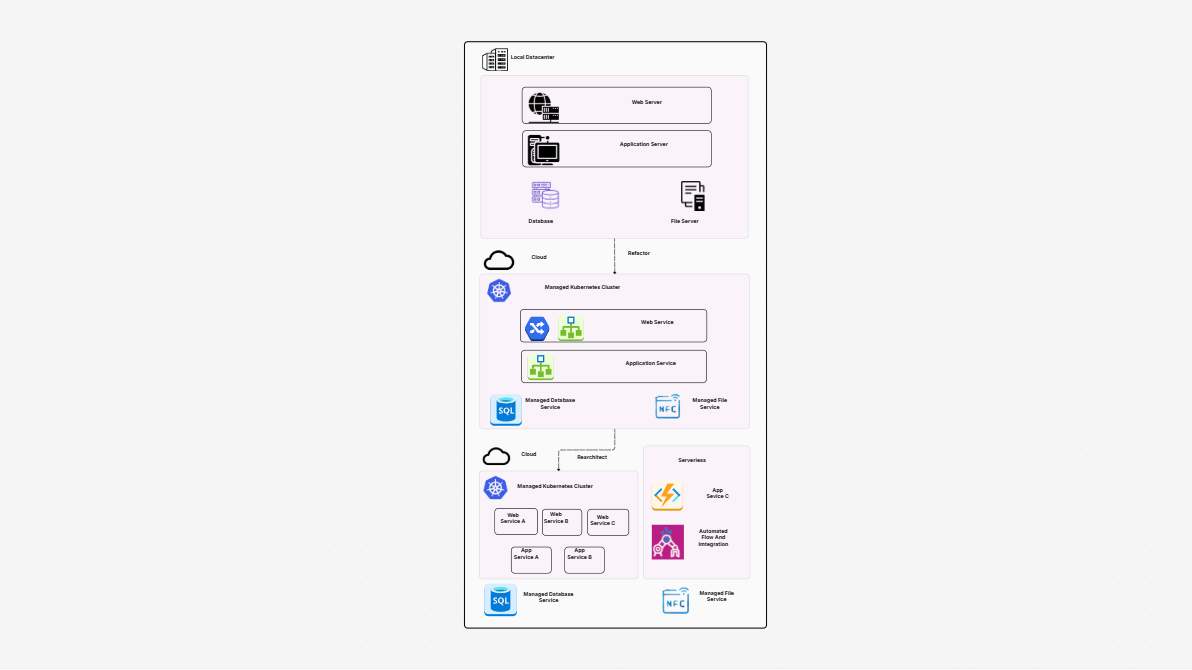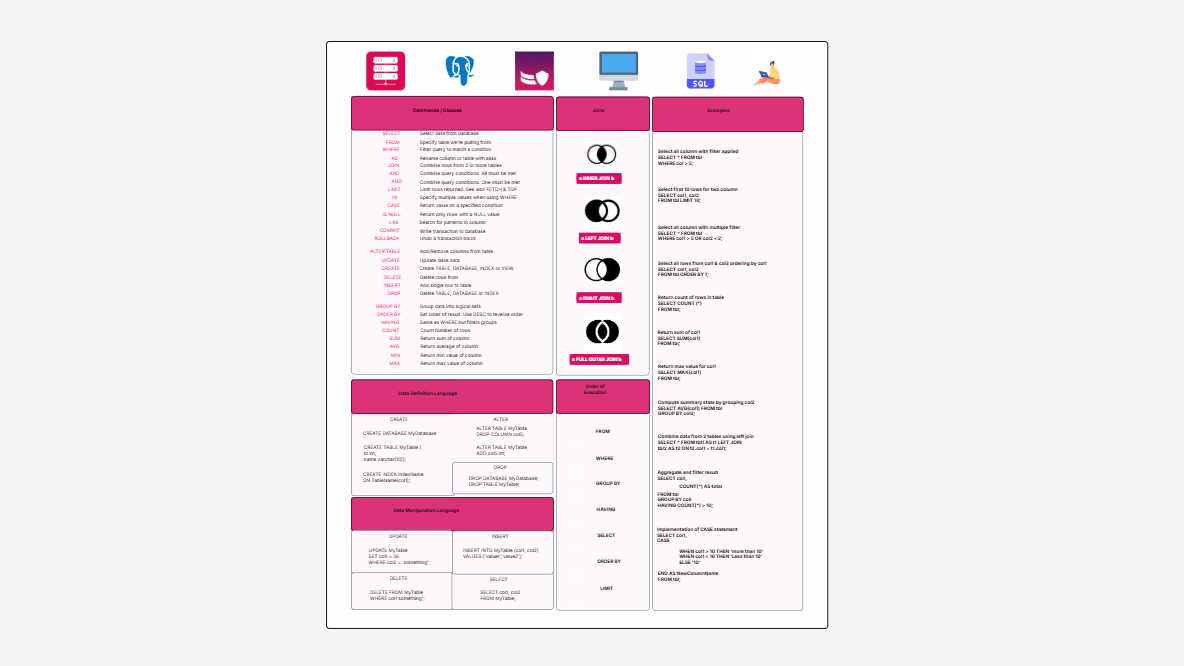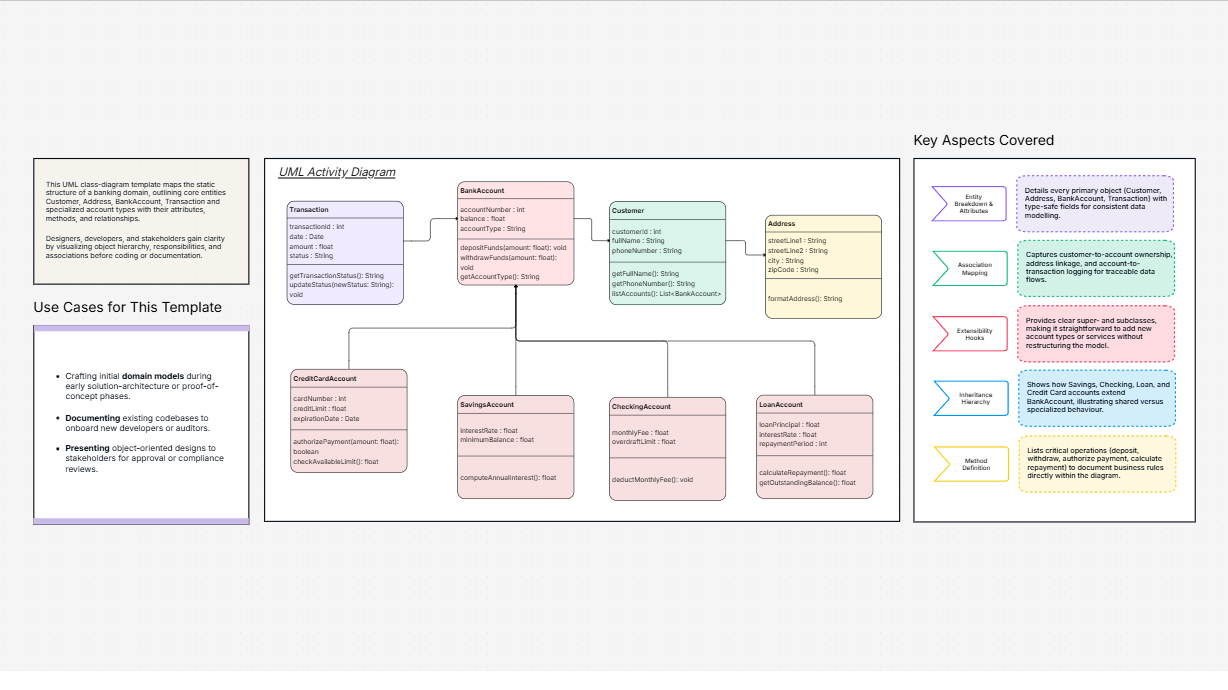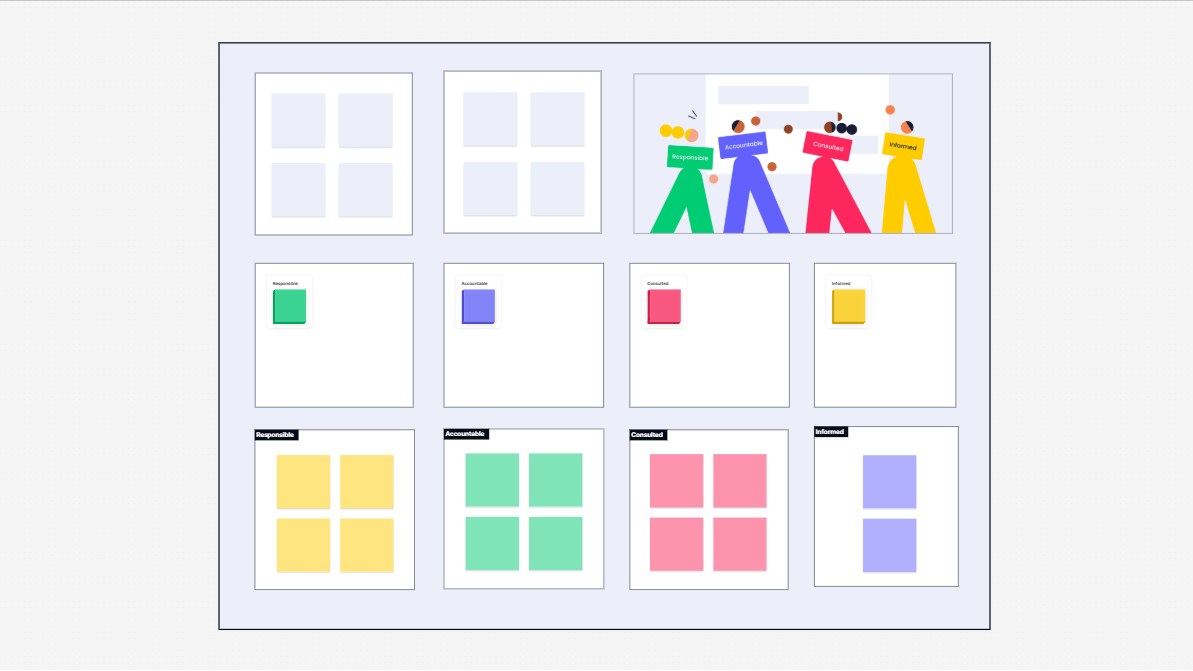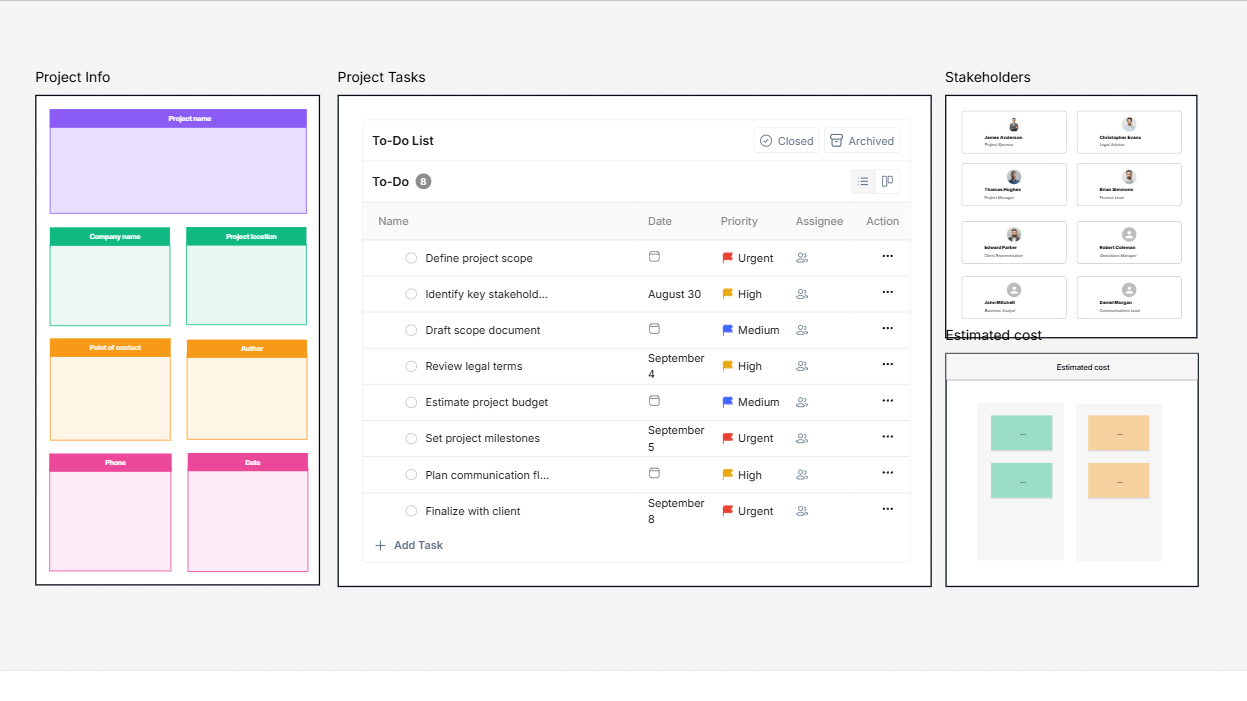WorkHub

What is this template?
The Business Capability Map template is a thorough visual framework created to assist organizations in understanding and effectively communicating their strategic structure. Consider an overview of your entire business ecosystem that illustrates how various components interact to help you reach your objectives. It gives you an overview that connects your core competencies to day-to-day operations so that everyone, from frontline employees to C-suite executives, is aware of what the company can accomplish and how various capabilities work together to accomplish strategic goals.
This template unifies your foundational technology, customer-facing systems, functional capabilities, and business drivers. You get a single source of truth that everyone can understand and refer to rather than having to manage several documents and presentations.
Key Benefits of Business Capability Map ?
-
Improves departmental strategic capability planning.
-
Makes the connections between technology infrastructure and business operations clearer.
-
Provides teams, stakeholders, and executives with a visual tool for business planning.
-
Enhances communication in tasks involving scaling, M&A, or transformation.
-
enables decision-makers to match market opportunities and available resources with business strategies.
-
streamlines the process of modernizing technology and provides a basis for prioritizing digital transformation projects by identifying which capabilities need investment.
-
ensures organizational agility by facilitating strategy pivots in the face of market or competitive disruptions through a clear understanding of core and secondary capabilities.
-
Supports locating capability gaps or overlaps and supports enterprise capability mapping.
Main Components Included
-
Business drivers: overarching objectives or outside factors that shape a company.
-
Capability Layers: Basic abilities organized into strategic groups.
-
Elements of the technology stack: Visual representations of tools such as data streams, CRM, etc.
-
Customer 360 integration: Connecting capabilities to customer-facing initiatives.
-
Business architecture modeling standards were used in the design to ensure clear communication.
-
Capabilities-based key performance indicators (KPIs) allow for continuous assessment of company performance and advancement toward strategic objectives.
-
Cross-functional teams can discuss capability ownership and improvement in real time in these collaboration spaces.
Who Should Use It?
-
Strategic planners & executives: To visualize the long-term development of the company.
-
Technology Leaders: To chart the ways in which infrastructure facilitates essential business operations.
-
Business consultants & architects: For clear, client-ready illustrations.
-
Team alignment during operational change is the responsibility of transformation managers.
-
Project managers should make sure that every initiative supports the overarching business goals by coordinating project objectives with strategic capabilities.
-
HR leaders: To support talent development and succession planning initiatives by identifying and filling in capability gaps within teams.
-
Marketing experts: To assess if customer engagement skills complement marketing tactics and results, guaranteeing dependable brand experiences.
-
Product owners: To comprehend how enterprise capabilities are integrated with product features and support procedures to ensure smooth go-to-market execution.
Also, capability maps can be used by compliance officers and data analysts to connect process controls or regulatory requirements to particular business operations, streamlining audits and assisting with risk management. This improved usability highlights the map's usefulness as a cross-disciplinary tool.
How To Open with Cloudairy?
-
Open your Cloudairy dashboard and log in.
-
Choose the Business Capability Map from the template library.
-
Real-time customization, stakeholder collaboration, and team sharing are all possible.
-
It is ideal for remote teams because all updates are synchronized with the cloud.
-
Utilize version control tools to keep tabs on modifications, enable seamless rollbacks, and preserve alignment as your plan develops.
-
Invite international stakeholders into a single, unified workspace to facilitate cross-border collaboration. This will allow for seamless input and feedback regardless of the time frame.
Use the built-in analytics in your mapping platform to track map usage and make well-informed adjustments as your plan develops. Over time, the map will continue to be applicable and useful thanks to these data-driven insights.
Summary
This visual business planning tool is essential for modern organizations because it combines operational detail with strategic oversight. A business capability map acts as a strategic blueprint for your business.
Business architecture modeling, strategic capability planning, and capability mapping are essential for visual business planning. This map helps teams, directs investment, and supports transformation initiatives by defining what your organization can do rather than how. As your company develops, use cloud tools to co-create, align, and update continuously. Organizations can transform the capability map into a dynamic strategic tool that inspires teams, directs leadership, and provides value to stakeholders at every stage of development by updating it frequently. This promotes a culture of openness and continuous improvement.
Related Strategy & Planning Templates
Find templates tailored to your specific needs. Whether you’re designing diagrams, planning projects, or brainstorming ideas, explore related templates to streamline your workflow and inspire creativity
Design, collaborate, innovate with Cloudairy
Unlock AI-driven design and teamwork. Start your free trial today










Design, collaborate, innovate with Cloudairy
Unlock AI-driven design and teamwork. Start your free trial today











